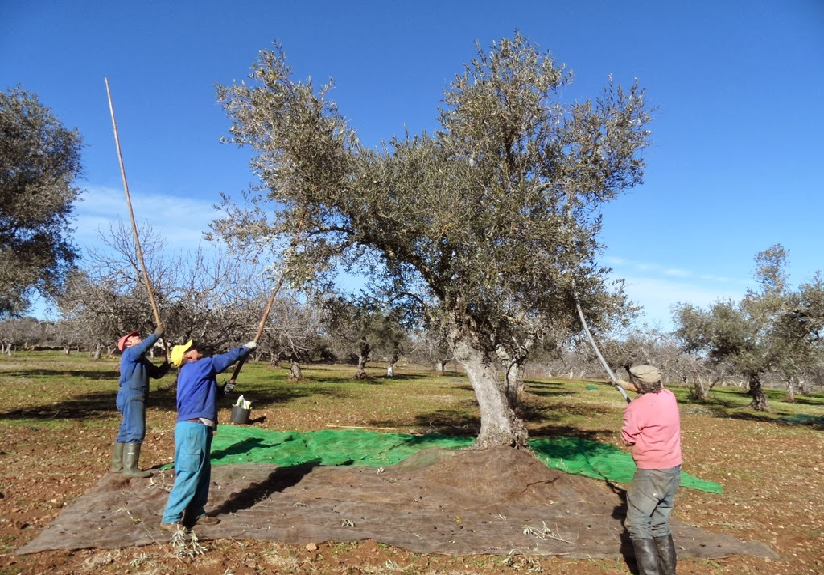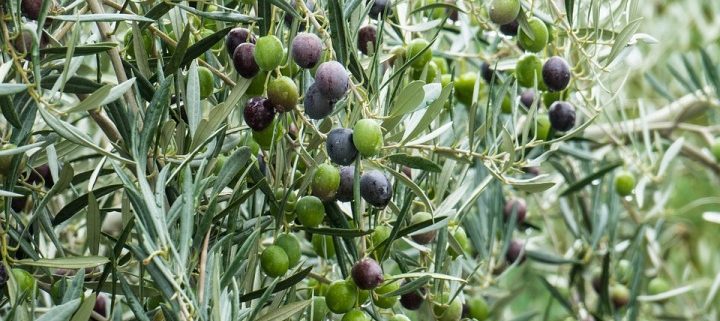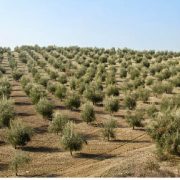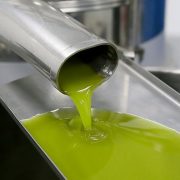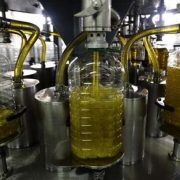The high oleic production in January points to a delay of the campaign
The high olive production registered in the olive oil market bulletin, with data published on 31st January, which has recently been published by the Ministry of Agriculture and Fisheries, Food and Environment (MAPAMA), indicates the delay that has occurred in the harvest during this year, caused by the climatic conditions of the previous spring and summer. Due to this, we will have to wait to know the production of the next months to know the global number of this campaign.
In the last bulletin of the olive oil market, production in the first month of the year was 518,200 tonnes, the highest in recent years
The accumulated data for the 2016/17 season as a whole is 1,072,700 tonnes, 12% higher than the average for the last four seasons, although lower than the result obtained in 2015/16.
At this juncture, the market is performing well, especially in the foreign channel, with cumulative exports at 31 January, which are more than 30 percent more than last season, and 14 percent average of the last four seasons.
The increase in exports responds to a growing demand, which has been favored by the significant decrease of harvests in other producing countries
In this global context of supply reduction and stable consumption, prices at source are being remunerative, although in Spain they are below other markets in our environment, being far from the levels of August 2015, when maximums were reached as a consequence of a low supply.
As for table olives, a recovery in sales has occurred in January compared to previous months, although it remains below the previous season
Olive oil Market
The production of olive oil so far has amounted to 1,072,700 tonnes. This figure represents 14% less than that obtained in the campaign. The ground olive has been 5,523,471 tons, with an average yield of 19.4%, 0.86 points below that of last season at the same dates.
Imports, with provisional data for the month of January, are estimated at 43,400 tonnes
Exports, with provisional data for the month of January, are estimated at 309,500 tonnes, up 31% on the previous season and 14% on the average for the last four seasons. The average monthly departures in this period was 77,380 tons.
The apparent internal market has reached 178,800 tonnes, almost equal to that of the previous season and falls by 1% compared to the average of the previous four seasons. The monthly average of departures in this quarter has been 44,700 tons.
Total marketing, including the apparent domestic market plus exports, has reached 488,300 tonnes, an increase of 18% over the previous season and 8% over the average of the last four. The average monthly output of this period was 122,080 tons.
The total stock volume is 958,800 tonnes, practically equal to the average of the previous four seasons
In the oil mills, 785,500 tons are stored, an increase of 2.5% compared to the average of the previous four; In the Foundation Patrimonio Comunal Olivarero (FPCO) there are 17,300 tons, while in the bottlers, refineries and operators there are another 156,000 tons.
Table olive
The 2016/17 table olive season began with stocks at 1 September of 341,230 tonnes, up 17% on those of the previous season.
The production of table olives during these five months was 595,070 tonnes, which means a decrease of 0.5% compared to last season
The total sold was 193,750 tonnes, of which 126,840 tonnes are for export and 66,910 tonnes for the domestic market. Overall marketing has decreased by 4% over the previous season.
Finally, stocks at 31 January are measured at 710,880 tonnes, which leads to a 6% increase over last season.
Source: MAPAMA
YOU MIGHT ALSO LIKE:
➡️Olive oil harvesting is delayed due to lack of ripening of the fruit
